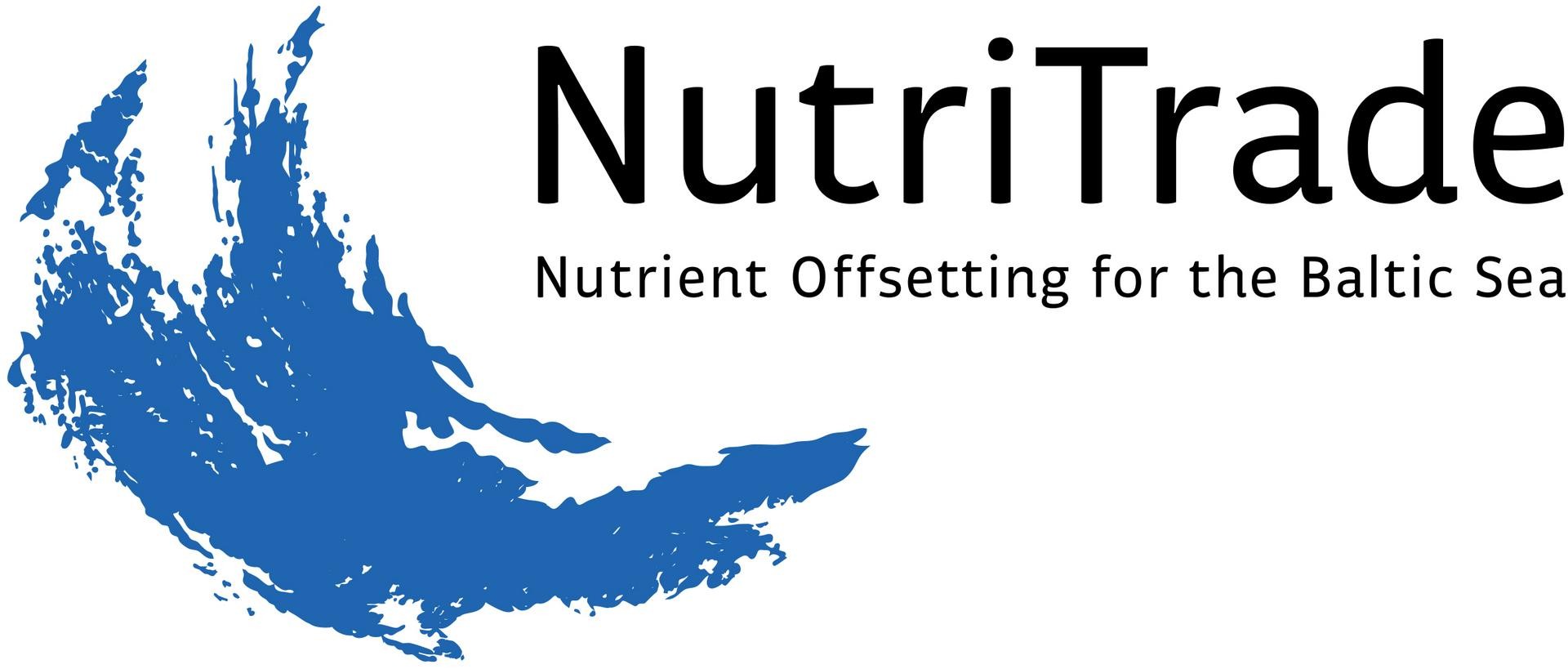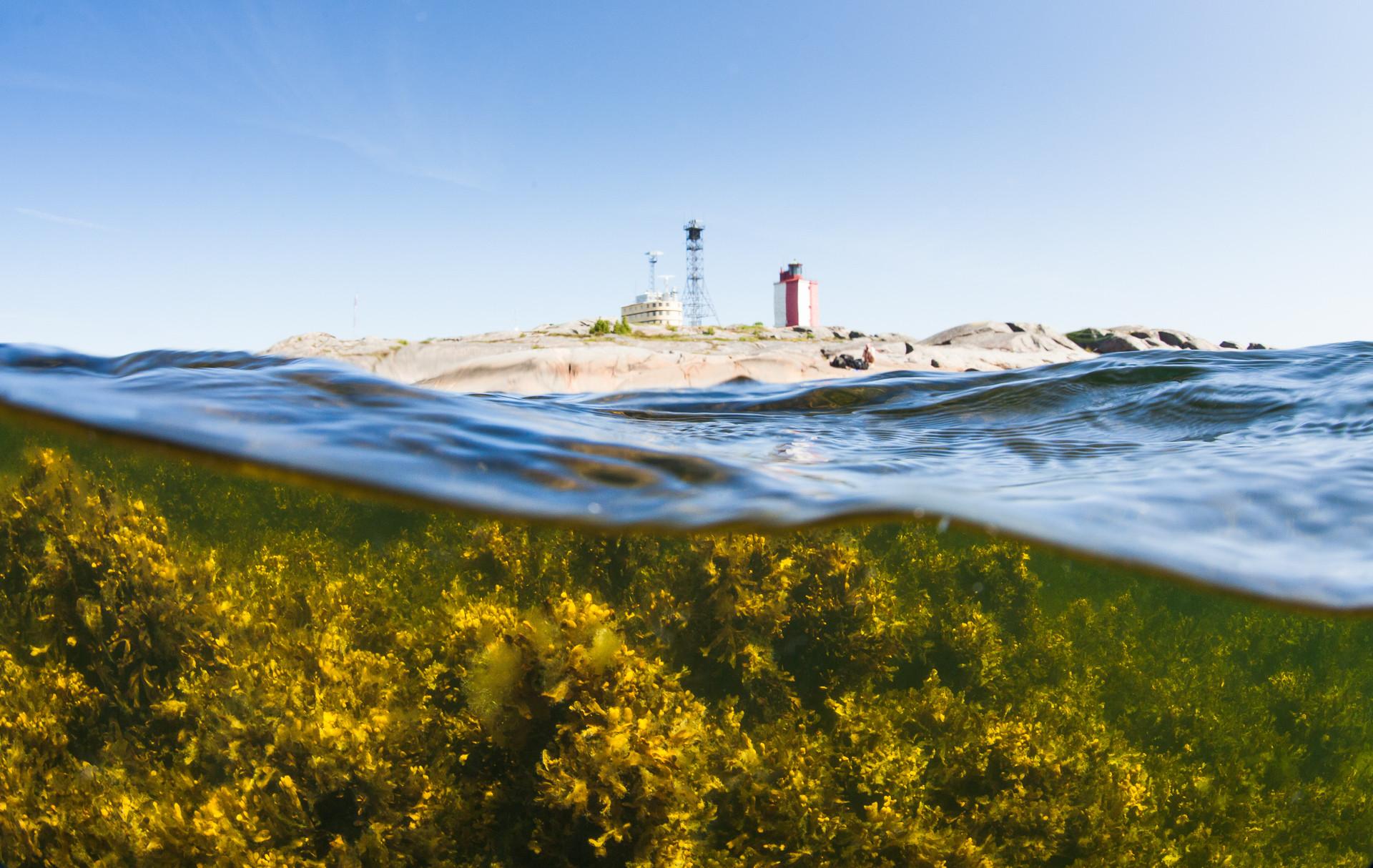Today, at the seminar in Stockholm organised by the John Nurminen Foundation, the Foundation challenges all participants of the EUSBSR (EU Strategy for the Baltic Sea Region) Strategy Forum to accelerate their Baltic Sea protection policies. The seminar will discuss financing for Baltic Sea Protection, and so-called flexible mechanisms. Examples of these include voluntary or mandatory emissions trading and ecological compensation systems, where stakeholders compensate for the damage they have caused by e.g. restoring another, similar habitat. Flexibility can also be created by providing new ways of participating in Baltic Sea protection.
Significant amounts of public funding, both from individual states and the EU, are directed to the protection of the Baltic Sea. The private sector is also raising considerable sums to be used in Baltic Sea protection. However, funds are not always used at targets that would protect the Baltic Sea most efficiently. The objective of the seminar is to search for steering methods and operational solutions that would encourage the more efficient targeting of funds raised for Baltic Sea protection in the future.
Cost-efficiency is one of the key principles of the John Nurminen Foundation NutriTrade Project: The three-year project, funded by the EU Interreg Central Baltic programme, pilots efficient discharge reduction methods and builds a platform with which the implementers of discharge reductions, such as, for example, technology and service providers, can apply for funding for concrete and impactful discharge reduction measures. Voluntary financers can use the platform to select a target which they wish to fund. In this way, the project will result in the creation of a new mechanism for financing protection measures.
Flexibility and efficiency – roadmap for political decision makers
In addition to creating a concrete platform that brings together projects and financers, the NutriTrade project seeks to create a roadmap for political decision-makers, allowing them to introduce innovation and effectiveness to water protection policies both on the national and international levels.
In the course of the pilot project, nutrient reduction measures are also tested in practice. The project will pilot ways to decrease the nutrient load of the Baltic Sea by fishing cyprinid fish (Archipelago Sea Local Fishing Project), by treating fields with gypsum (the SAVE project), and by mussel farming.
Anna Saarentaus, who has led NutriTrade for one year now, expects that the seminar will introduce new ideas: ‘Flexible mechanisms can bring cost savings, and enable the integration of Baltic Sea protection and economic activity. New methods of participation, on the other hand, can direct nutrient reduction measures to the places with the highest demand for them. Sweden and Finland are natural choices for bringing these questions up, as in these countries citizens are ready to pay for improvement in the status of the Baltic Sea. These countries can also become pioneers in environmental policy renewal’.
At the seminar entitled ‘New thinking and policy design – can flexible mechanisms save the Baltic Sea?’ we will hear two keynote speakers, and continue to work on the topics with a panel discussion.
Markku Ollikainen, Professor of Environmental and Resource Economics at the University of Helsinki and the first speaker of the day, calls for cost-efficiency as the guiding principle of environmental measures. If nutrient discharge reduction measures were targeted optimally, reaching the goals of the HELCOM Baltic Sea protection programme could be achieved with of 17% of the costs estimated so far. The SAVE project, led by Ollikainen, is an example of how cost-efficiency can be improved; the project studies the usability of gypsum in reducing nutrient discharges originating in agriculture. Treating fields with gypsum is far less expensive and more efficient in terms of its environmental impact than any other measure that is currently used in agriculture. According to earlier results, gypsum can reduce the phosphorus runoff originating in fields by 30%, achieved without changes to farming practices, reductions in cultivated area, or smaller yields.
Ollikainen believes that the wider-scale use of voluntary nutrient discharge compensation would improve the status of the environment, increase the impact of corporate social governance, enable the creation of local solutions, and create new stakeholders in the area of Baltic Sea protection.
Lassi Ahlvik, Assistant Professor at the Norwegian School of Economics, will speak on how nutrient trading was applied in water protection in North America. He reminds us that nutrient trading can never replace regulation, which means that demand for mandatory nutrient trading will be created specifically through regulation. From the North American experiences we can learn that nutrient trading systems must remain as simple and coherent as possible, while at the same time still minimizing the possibility of environmental risks.
The panel discussion, which seeks to find new methods that could be used alongside existing Baltic Sea protection measures, is joined by Monika Stankiewicz, Executive Secretary of the Baltic Marine Environment Protection Commission HELCOM , Stefan Berggren, representing the Swedish Ministry of the Environment and Energy, Sara Kymenvaara, Legal Advisor at the Government of the Åland Islands, Mikahil Durkin (Coalition Clean Baltic) representing the NGO perspective, and Henrik Scharing (Anthesis Enveco) and Martin Grotenfelt, CFO (Mainpartner Group) representing the corporate sector.
What conclusions were drawn at the event? News from the event will be available in the days to come on the NutriTrade project home page www.nutritradebaltic.eu.
The NutriTrade Project will create a system for implementing and funding voluntary nutrient reduction measures impacting the Baltic Sea. In addition to the John Nurminen Foundation, the project is implemented by the Natural Resources Institute Finland, the University of Helsinki, the Swedish University of Agricultural Science, and Anthesis Enveco. The total budget of the project is €2.1 million, of which EU funding (EU Interreg Central Baltic Programme) accounts for almost €1.6 million. The Foundation finances the project with the total sum of €256,000. The project is one of the flagship projects of the EU Strategy for the Baltic Sea Region: these projects seek to reduce discharges significantly, and, as a consequence, promote the Baltic Sea’s restoration to a good ecological status.
The John Nurminen Foundation, established in 1992, works for the Baltic Sea and its marine cultural heritage in way that makes an impact and brings results. The Foundation’s Clean Baltic Sea projects improve the status of the Baltic Sea with concrete measures that reduce the nutrient load and environmental risks faced by the sea. The Clean Baltic Sea projects are financed with private donations and public funding.
www.nutritradebaltic.eu
www.facebook.com/nutritradebaltic
www.johnnurmisensaatio.fi
More information:
Anna Saarentaus
Project Manager, NutriTrade
John Nurminen Foundation
+358-40-719 0208
firstname.lastname@jnfoundation.fi



